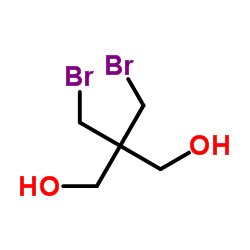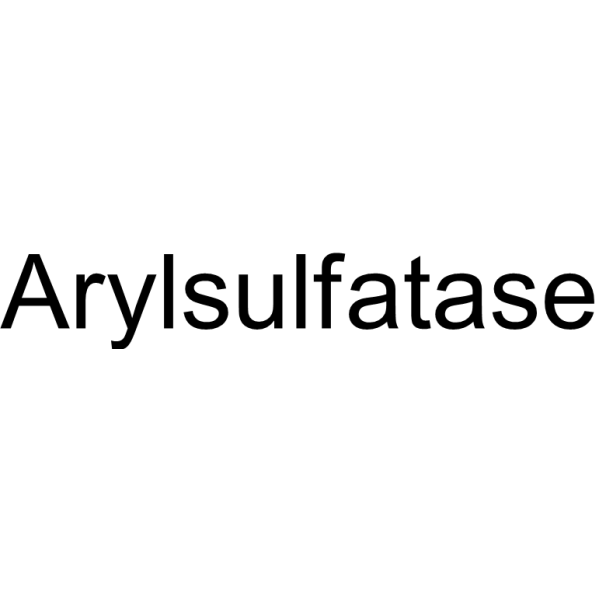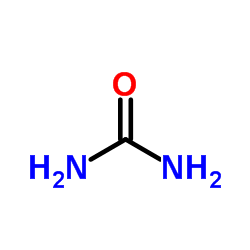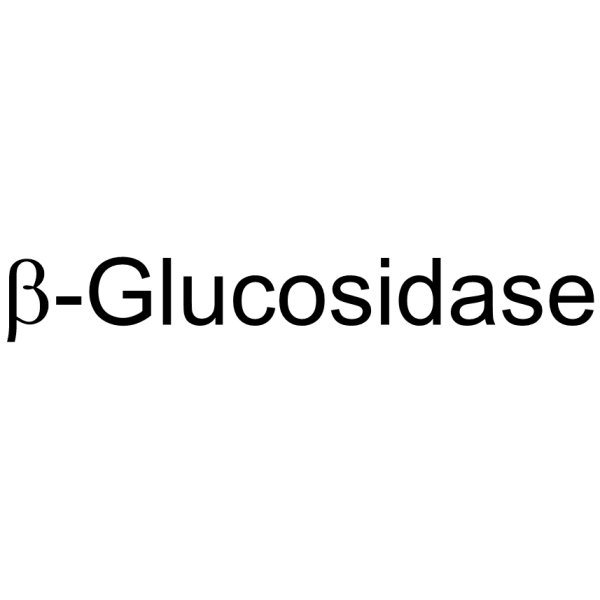| Structure | Name/CAS No. | Articles |
|---|---|---|
 |
invertase
CAS:9001-57-4 |
|
 |
Arylsulfatase
CAS:9016-17-5 |
|
 |
Urea
CAS:9002-13-5 |
|
 |
β-Glucosidase
CAS:9001-22-3 |